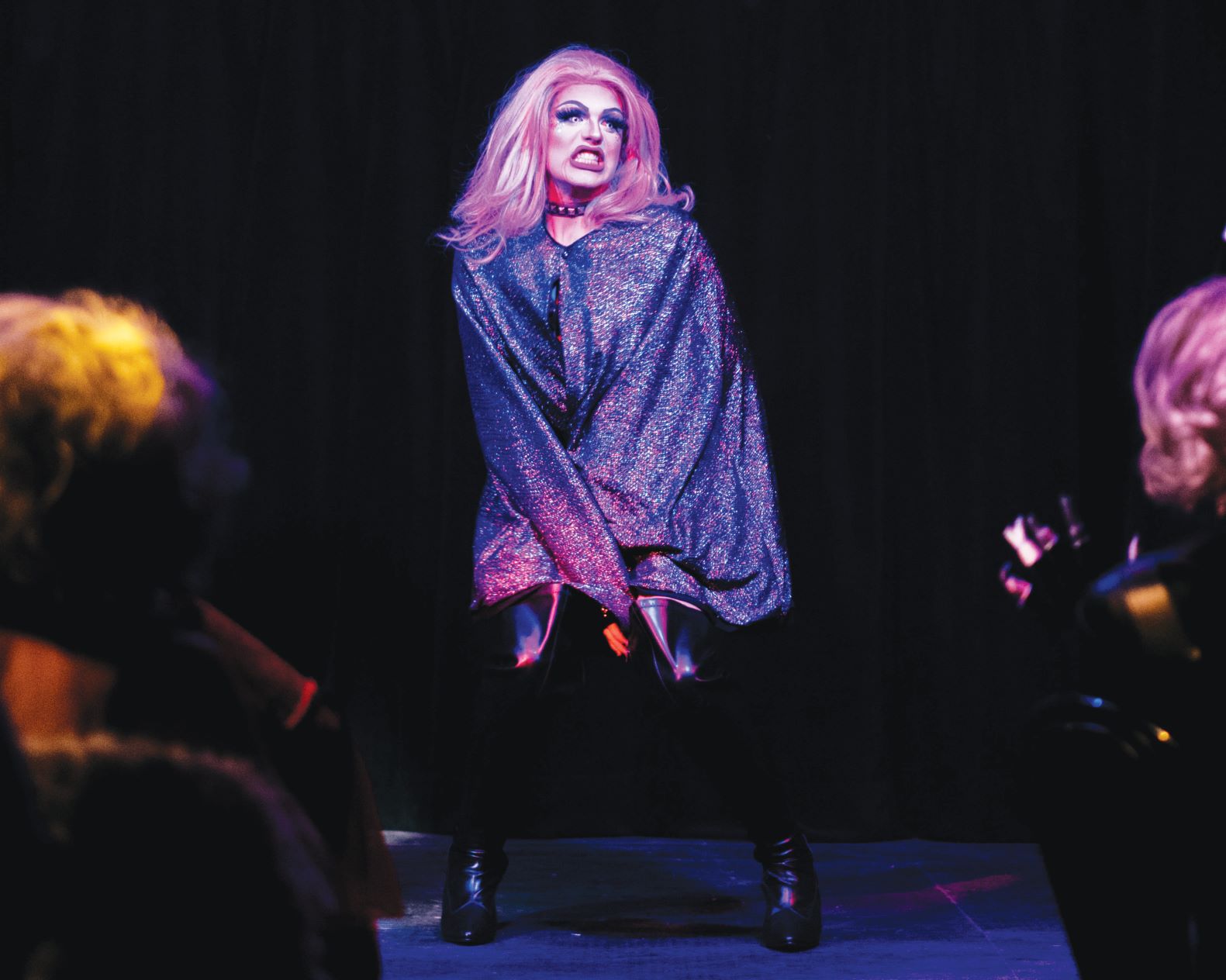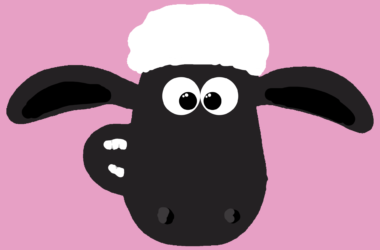This Halloween Weekend, The Diving Bell Social Club was packed for Coven, a monthly show hosted by local drag family House of Laureen. Despite the large crowd, there was a captivating intimacy to the night; queens frequently shared inside jokes with returning audience members. While not everyone was familiar with this rapport, the audience was united by a sense of community and purpose: To celebrate queer performers and bring about change through radical art.
Throughout the night, drag and burlesque artists performed lip-syncs to songs that challenged gender norms. The queens defied divisions between femininity and masculinity: Some performed songs with male vocals in stereotypically-feminine attire, while others, such as Anaconda LaSabrosa, who sported both a beard and a heavily-padded female form, chose to visually blur the gender binary.
Unconventional, spooky drag is having a moment. With its supernaturally-inspired numbers and gory special effects, Coven celebrated drag aesthetics of horror, filth, and glamour, as popularized by shows like Dragula. Indeed, the television show, hosted by the Boulet Brothers and now on its third season, was referenced frequently over the course of the night—a nod to the spike in popularity the trend of horror-inspired drag has seen over the past year or so. Other performers frequently compared 18-year-old performer Demone LaSlave to the popular Dragula queen James Majesty, and perhaps most notably, Anaconda LaSabrosa, one of the performers, is rumoured to be a contender for the third season of Dragula.
An alternative to the more mainstream aesthetics of RuPaul’s Drag Race, Dragula places more emphasis on creativity and artistic expression, and less on the grotesque displays of emotional trauma that more popular shows like Drag Race have embraced. While mainstream drag often judges queens based on femininity and polish, this subculture values artistry, performance, and shock value differently; its repertoire includes aliens, demonic nuns, and monsters. The emphasis is on creativity rather than gender performance, proving that gender is just as performative as any other product of the imagination.
Coven compellingly borrowed from the spooky drag trend. Host of the night Selma Gahd’s debut performance consisted of her pretending to eat a disturbingly-realistic bloody heart. It was a visceral, haunting performance, equal parts revolting and intriguing. Pythia, one of the first performers, was burned at the stake in pure white witch’s attire. Uma Gahd performed a delightfully-campy number where she feigned being stabbed to death in the shower.
Despite the graphic gore, House of Laureen kept an eye to the audience’s emotional well-being. Instead of maintaining the edgy aesthetic at all costs, the queens masterfully approached themes of consent, without bringing the mood down. At the end of the show, the queens invited audience members to privately disclose anything that made them feel uncomfortable or unsafe about any aspect of the show.
This fresh and exciting perspective on drag, a monthly event at The Diving Bell, was a joy to experience. House of Laureen’s newest show is, without a doubt, a welcome addition to the Montreal queer scene with this thrilling yet thoughtful production.









